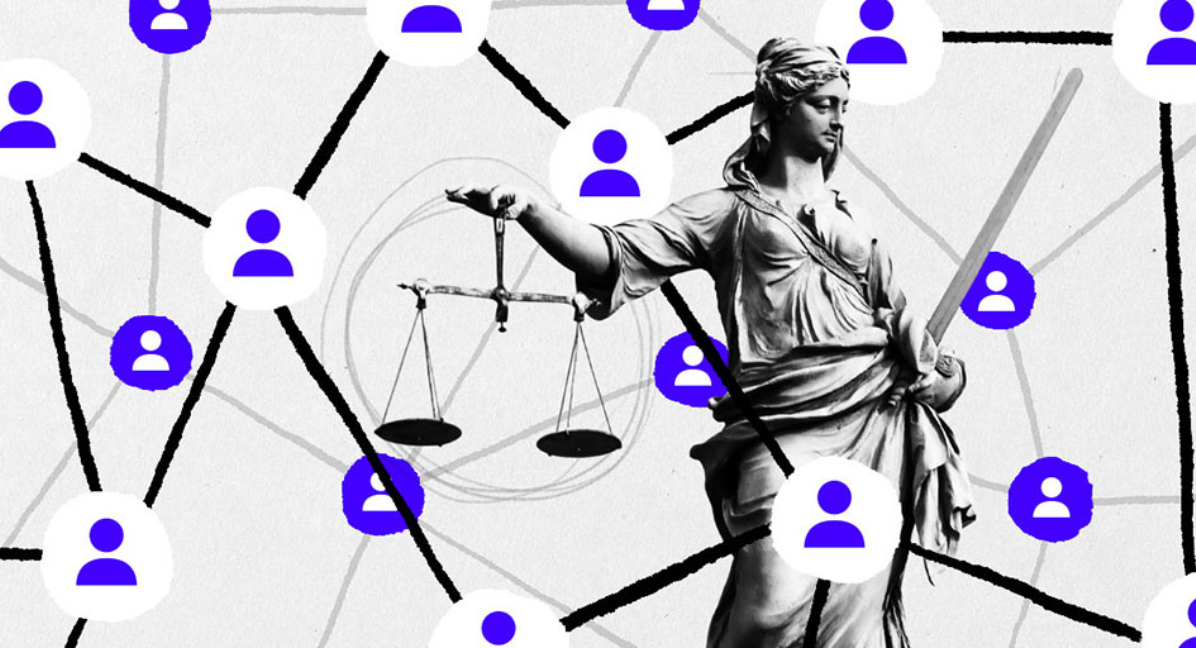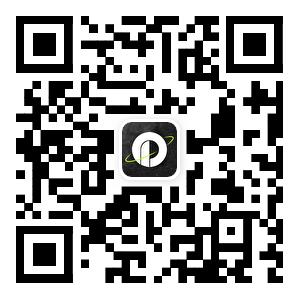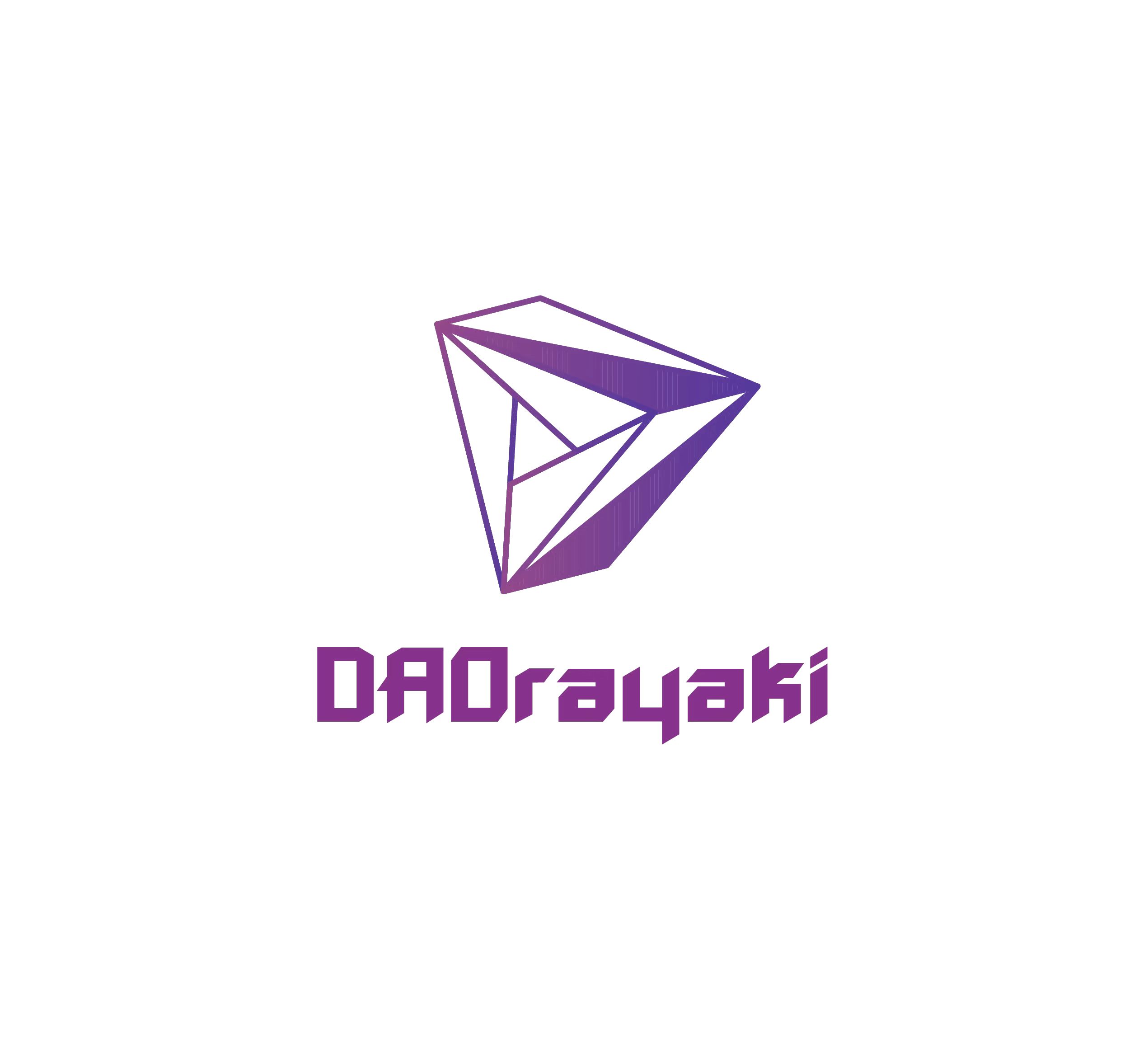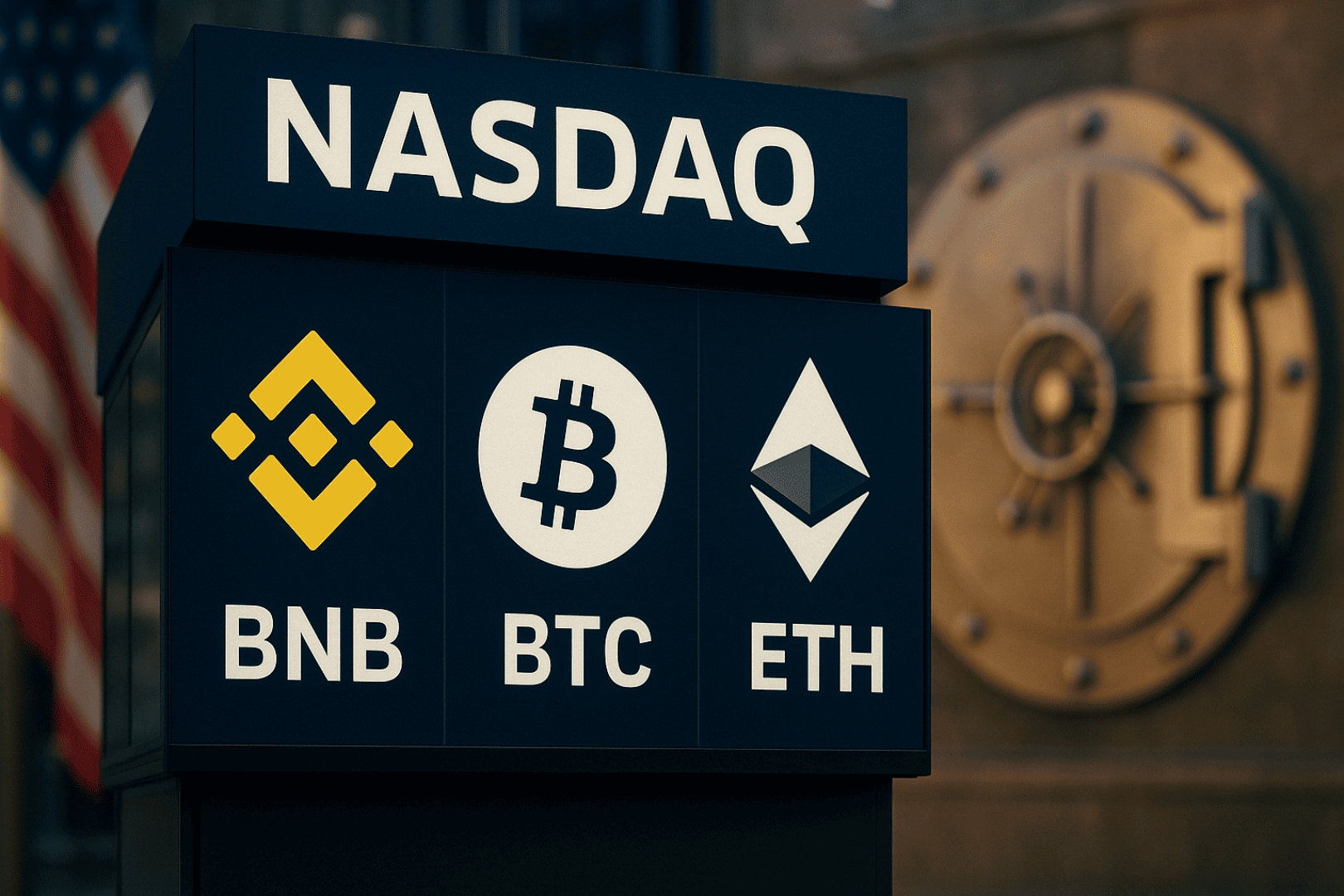Summary
Summary
The DAO era has just begun. One way to understand the current progress of DAO governance may be to analyze the path of the head DAO to get some ideas: how to manage the treasury, what proposals are being proposed and passed, the degree of community activity, and so on. In this paper, the top 10 DAOs ranked by DeepDAO are used as data samples for analysis.

1、Uniswap
Treasury: $2.3 B
Token Holders: 355.1 k
Voters (lifetime): 21.1k
Proposals: 109
Votes: 100.1 k
The main asset in the Uniswap vault is the UNI token, with a small number of other tokens such as BlueSparrow, Collar, FNT, CQB.
Uniswap was the first popular — and still the largest — automated market maker (AMM). Currently V3 has expanded from Ethereum to Polygon, Arbitrum, Optimism, and Celo, and survived Sushisap's vampire attack.
Uniswap was founded in 2019 and has been actively DAOizing since September 2022.
On Uniswap, the most viewed proposal:
Should UNI Be an Oracle Token (48.8 k views), Exclude Proxy Contract Users from Airdrops (31.5 k views), Deploy Uniswap's V3 to Polygon's PoS Chain (28.8 k views) Uniswap uses Snapshot Conduct off-chain proposal discussions and vote on-chain using its own governance portal.
An ongoing proposal discussion in the Uniswap DAO is about"Fee conversion”, that is, to allocate part of the fee paid by the agreement to the liquidity provider to other uses of the DAO, and it is determined by the DAO members.
As such, Uniswap DAO is taking its massive treasury and its development quite seriously. Members are discussing specific uses of the treasury, such as setting up a DeFi education fund, builder fee rewards, which liquidity pools are eligible for rewards, etc.
Uniswap DAO, as the largest and most famous DAO, has less than 6% of token holders voting on proposals.
2、BitDAO
Treasury: $1.9 B
Token Holders: 20.8k
Voters (lifetime): 333
Proposals: 22
Votes: 1.9 k
BitDAO’s treasury composition: 65.6% BIT governance token, 17.7% ETH, 12.3% USDC, 3.9% USDT, 0.3% FTT and a small amount of other tokens.
BitDAO is created by ByBit DEX. Its stated goal is to support builders in the decentralized economy through grants and partnerships. Currently, most of the BIT is still held by wallets (institutional and private) affiliated with the ByBit exchange.
Currently using off-chain voting: Gnosis Safe and Snapshot, and plans to adopt an on-chain governance model in the future. Finance income comes from investments, research labs, and various swap and yield strategies. At the same time, ByBit also set up a permanent endowment fund for BitDAO.
Most BitDAO proposals receive 100% yes or no votes, or very close to 100%. Although BitDAO treasury size and token holders are second only to Uniswap DAO. But only 333 voters ever voted on 22 proposals.
This calls into question whether BitDAO is a real DAO. For example, in the September 2021 vote, the minimum threshold for submitting proposals will be lowered from the current 10 million BIT (approximately $4 million) to 2 million BIT. However, the number of proposals remains low.
Similarly, in the vote to adjust the BIP repurchase amount, 148 million BIT was voted in favor and only 5 BIT was voted against - the possible explanation is that the community has reached a consensus before voting.
3、ENS
Treasury: $890 million
Token Holders: 60.7k
Voters (lifetime): 87.2k
Proposals: 54
Votes: 111.1 k
The capital composition of ENS DAO: 94.1% ENS governance tokens, 5.7% ETH, and a small amount of other tokens.
The ENS protocol is a decentralized domain name protocol for Ethereum-based wallets. It supports the rise of popular .eth domains represented by NFTs that can be attached to ETH wallets. This could be at the core of identity throughout Web3 and even Web2.
Rules for ENS DAO governance: Changes can only be made by a two-thirds majority, and a minimum quorum of at least 1% of all ENS tokens participating in the vote.
ENS DAO uses Snapshot off-chain voting for proposals, but executes on-chain through the Compound Governor smart contract.
Although ENSDAO has only 54 proposals so far, the number of voters exceeds the number of current token holders (indicating high participation or a large number of token holders selling tokens, or both).
4、Gnosis
Treasury: $631.2 million
Token Holders: 16.6k
Voters (lifetime): 5.1k
Proposals: 68
Votes: 33.4 k
The treasury composition of Gnosis DAO: 97.8% GNO governance tokens, 0.5% cDAI, and a small amount of other tokens such as pledged tokens.
Among the many DeFi tools built by Gnosis, the most famous and used is Gnosis Safe, which is often chosen by many DAOs for treasury management. Meanwhile, Gnosis created and operates the Gnoses L2 blockchain, with xDAI as the stablecoin and GNO as the governance token. In addition to this, Gnosis operates DEXs and creates tokens for prediction markets.
Gnosis DAO uses Snapshot off-chain voting for proposals. Unlike some other DAOs, the Gnosis DAO community is very active and divided on voting decisions. For example, a proposal to allow sGNO holders to vote and be included in an upcoming airdrop received an almost equal number of "No" and "Abstain" votes.
Gnosis uses grants to incentivize the growth of DeFi and form useful partnerships, with each partner individually voting on proposals. A recent proposal for a grant and partnership with Gateway.fm was approved almost unanimously, while another proposal for a grant to Pluser was rejected.
Gnosis DAO has only 16.6k GNO holders. And less than one-third of the community users participated in the voting.
5、Wonderland
Treasury: $232.2 million
Token Holders: 255
Voters (lifetime): 38.8k
Proposals: 84
Votes: 85.9 k
Wonderland DAO's governance token, wMEMO, does not form a significant portion of its funding (and is an expensive token, holding close to $28,000/token). As such, its funding is primarily composed of some stablecoins and derivatives: 27.7% uUSDT, 21.6% uDAI, variable debt USDT/DAI 19.2% each, DAI 6.2%, and some smaller cryptocurrencies.
Wonderland primarily invests in early-stage crypto projects, aiming to grow its funding through successful investments. As such, it might be seen as a decentralized angel/VC firm focused on cryptocurrencies.
The most active votes were related to governance, such as defining the role of a particular DAO leader, introducing a treasury operator, MOD compensation, etc. Wonderland DAO focuses more on treasury management and fund allocation.
6、Lido
Treasury: $224 million
Token holders: 26.1k
Voters (lifetime): 4.3k
Proposals: 121
Votes: 32.4 k
Treasury composition: Governance token LDO accounts for 77.3%, ETH accounts for 11.6%, DAI accounts for 8.4%, stETH accounts for 2.7%, and a small number of other tokens.
LIDO DAO liquid staking solution that allows ETH to be staked in a PoS protocol. It also has a Grants Organization (LEGO) aimed at facilitating liquid staking of cryptocurrencies. LEGO has awarded over $500,000.
Lido proposals go first in the forum, then use Snapshot off-chain voting or use Aragon on-chain voting to use DAOs to elect various committees to simplify governance.
Lido proposals involve various DAO transactions, from authorizing treasury payments to adding node operators and other governance decisions. Most proposals seem to receive a 100% yes vote, and rejected proposals are usually rejected for failing to reach the minimum quorum.
7、OlympusDAO
Treasury: $213.9 million
Token Holders: 7.9k
Voters (lifetime): 9.2k
Proposals: 232
Votes: 48.3 k
OlympusDAO is funded primarily by various stablecoins and LP tokens: 49.7% DAI, 15.5% FRAX, 14.3% each for HM-WETH and HM-DAI, 3.4% OHM, and some smaller tokens.
OHM is a cryptocurrency created by OlympusDAO with the goal of being a Web3 native cryptocurrency. It is not pegged to fiat currency, but is at least backed by OlympusDAO's treasury assets at $1/OHM (it is unclear how OlympusDAO guarantees that each OHM in circulation is worth at least $1).
OlympusDAO also uses Snapshots for voting. Most proposals are approved, usually with close to 100% "yes" votes.
Proposal topics range from funding management to general governance to partnerships and more. There are more lifetime voters than token holders, but none above 10k. The DAO community is very active and there have been over 200 proposals.
8、Aragon
Treasury: $159.1 million
Token Holders: 13.4k
Voters (lifetime): 21?
Proposals: 577
Votes: 954
Aragon's treasury composition: mainly Ethereum and stable coins, of which 45.8% are ETH, 28.4% are USDC, 12.6% are DAI, and 8.9% are governance tokens ANT.
Aragon DAO is DAO infrastructure with no-code open source infrastructure, governance plugins, applications and various add-ons. It becomes particularly interesting to see how Aragon DAO handles its own governance.
In its more than 2.5 years of existence, Aragon DAO has had 577 proposals submitted for voting (by far the highest on this list). Aragon uses Voice, its proprietary voting platform. The lack of statistics and the minimalist design of the voting tool make it difficult to discern which proposal is more important.
In the data presented by DeepDAO, the number of lifetime voters of Aragon DAO is 21 (not 21 k, 21 people), which is shocking for a DAO-builder DAO.
9、Polkadot
Treasury: $150.5 million
Token Holders: 1.2 M
Voters (lifetime): 46 ?
Proposal: 363
Votes: 2.2k
Polkadot's treasury consists of 100% DOT governance tokens.
As one of DeFi's OGs, Polkadot is a fully sharded layer-0 blockchain technology on which L1 chains (parallel chains) can be built. They will then use Polkadot's central relay chain for security and stacking.
Polkadot is a more open governance system (making broad protocol-level changes to the system), utilizing referendums and on-chain elections to form a council. The council basically acts as a group of validators to manage the treasury and prevent any malicious proposals from harming the community DAO.
Polkadot is governed on-chain, which also makes it more difficult to view its voting governance history. Some of Polkadot's proposals are very basic, such as the proposal on Polkadot's identity and logo. Interestingly, unlike other DAOs, Polkadot employs quadratic voting.
10、Frax Finance
Treasury: $141.5 million
Token Holders: 10.9k
Voters (lifetime): 1.2k
Proposals: 225
Votes: 7.4k
Frax’s treasury consists almost entirely of its own tokens: FXS (governance token, 77.3%), FSIS (22.1%), and FRX (0.5%).
Much like OlympusDAO, Frax focuses on stablecoins. In the heated debate between collateral-backed and algorithm-backed stablecoins, Frax has decided to split the stakes and own both. In addition to stablecoins, Frax also has AMMs and lending tools (which makes sense for DeFi projects).
Frax DAO votes via Snapshot, but also has a Compound Governor contract that has not yet been activated. Less than 10% of token holders have ever voted, but so far, the number of proposals has exceeded 200, which is quite impressive.
write at the end
write at the end
By analyzing the Top 10 DAOs, we can find the following characteristics:
Most of the Top 10 DAOs are DeFI projects. If DAOs were ranked based on activity and efficiency rather than just funding size, the DAO rankings would change.
Most treasuries consist of multiple tokens and are liquid investments.
Governance model: Off-chain voting is mainly adopted, and on-chain voting is assisted.
Voting, proposal indifference, is still a problem for most DAOs. This has something to do with the rigidity and confusion of the quorum of voters.
How to reward effective DAO participation may be one of the paths to optimize current governance.



